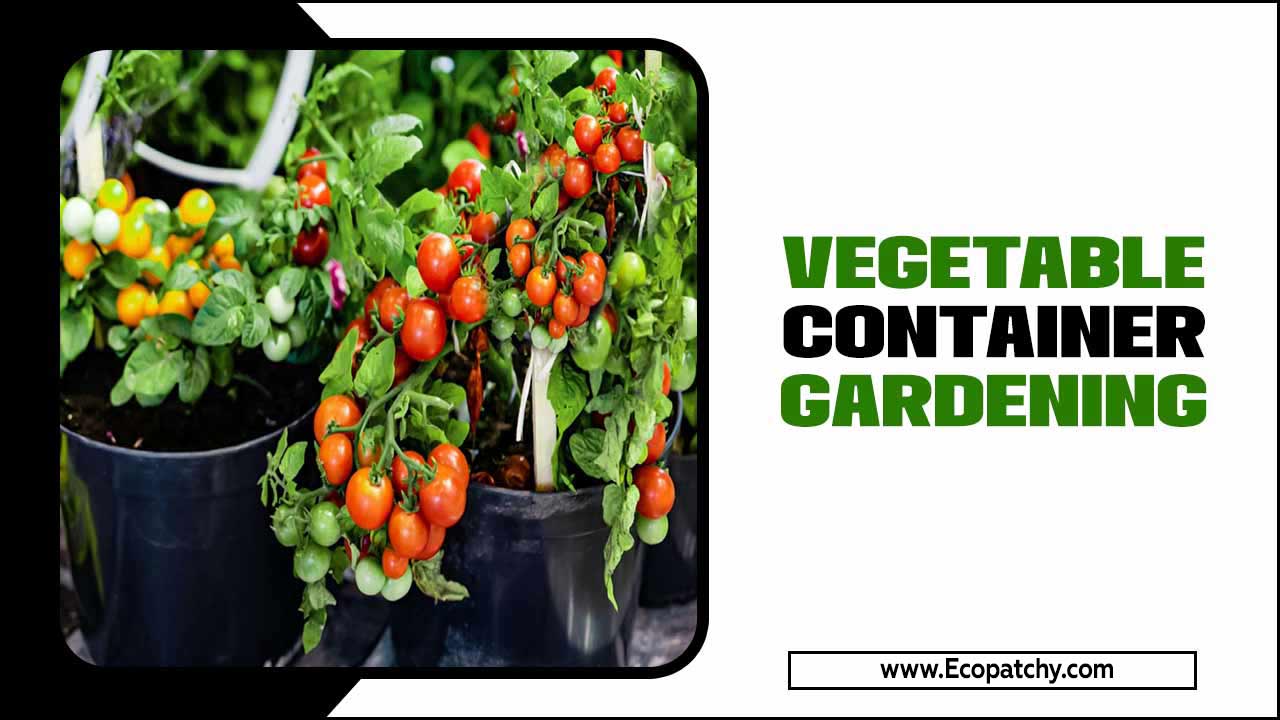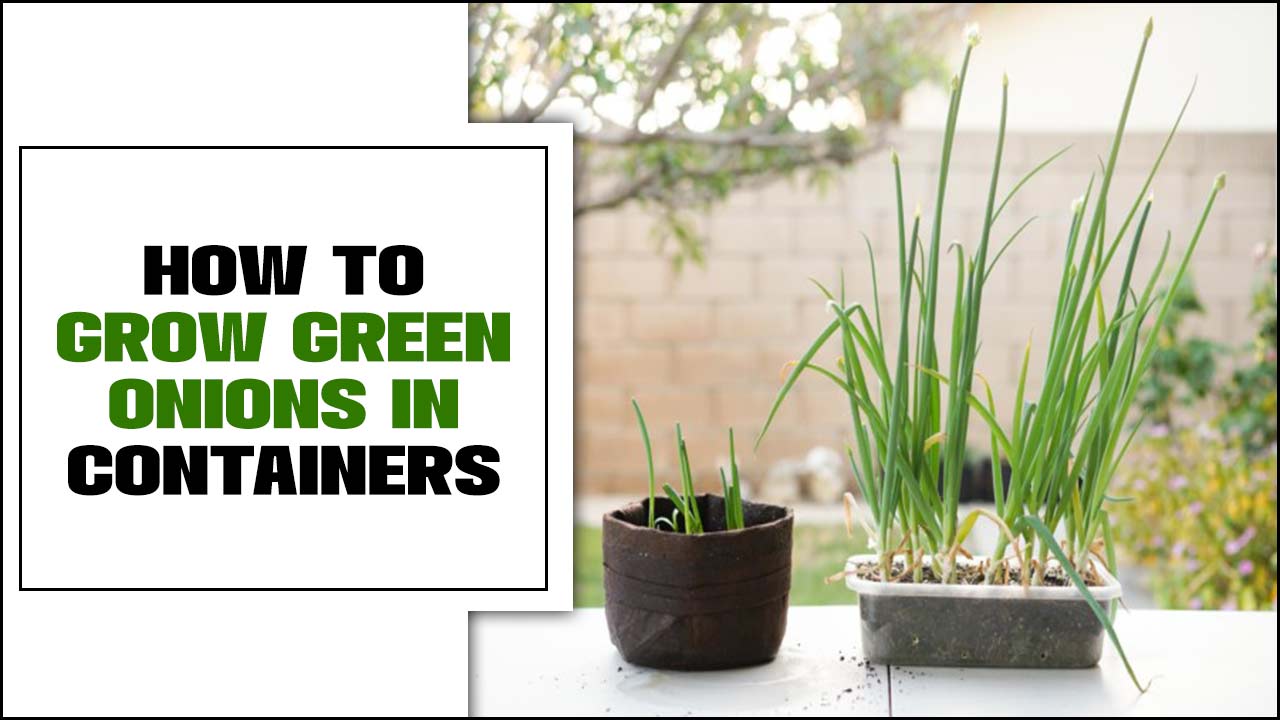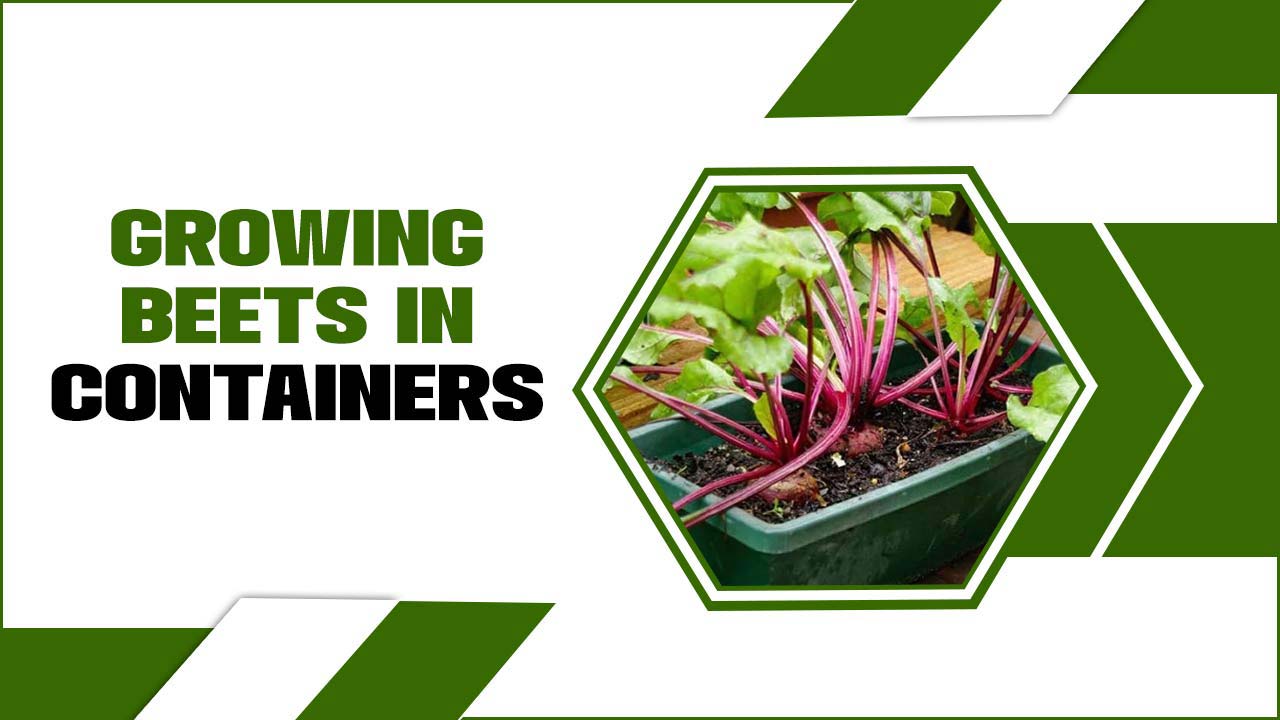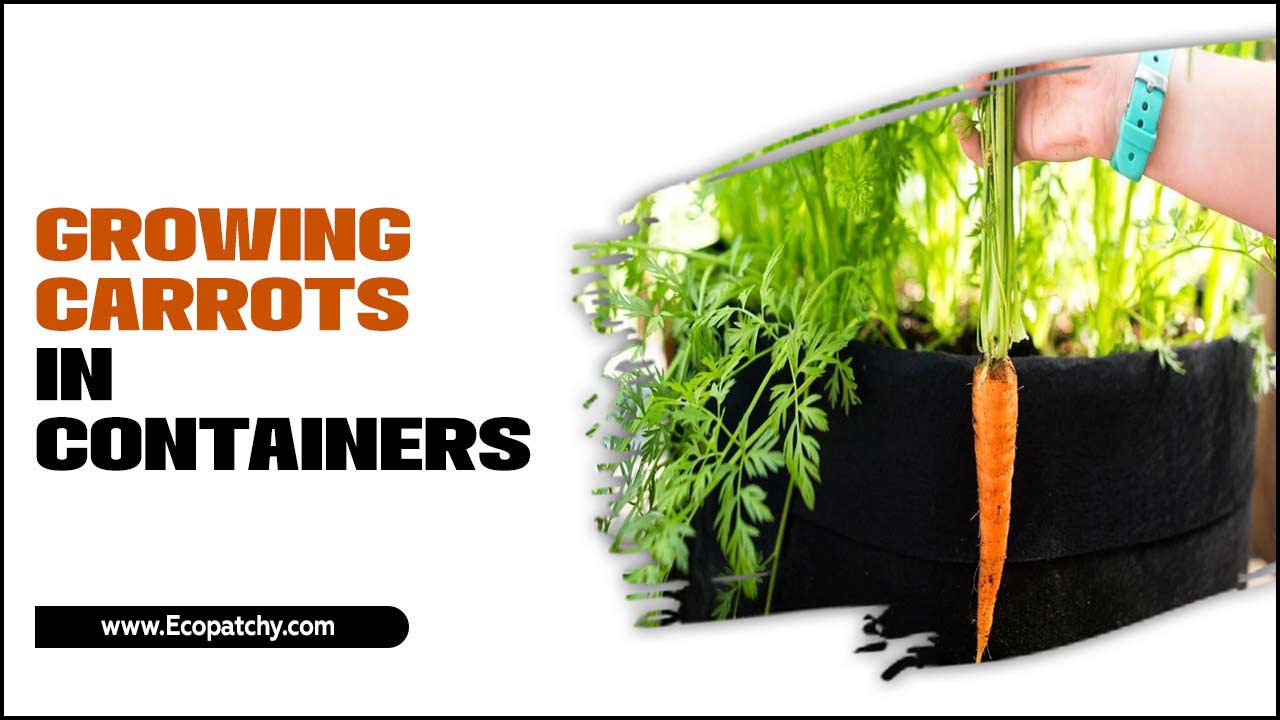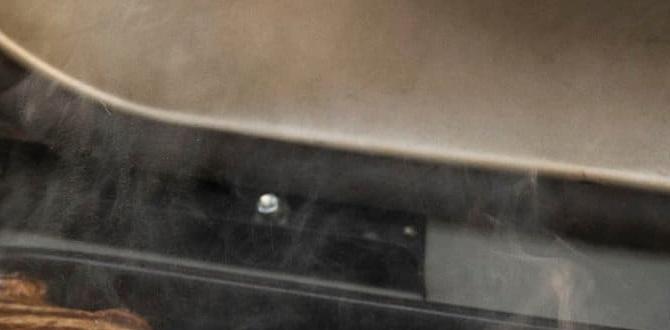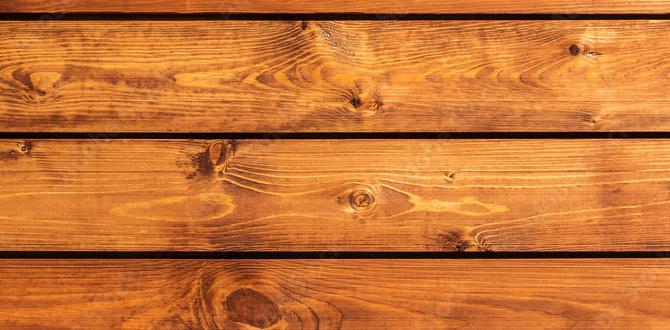Growing your vegetables has become increasingly popular in recent years, especially as people become more concerned about the quality and source of their food. One versatile vegetable that can easily be grown in a small space is the onion.
Whether you have a small balcony, patio, or a windowsill, growing onions in containers is a simple and rewarding experience. Not only do they add flavor to countless dishes, but they also have numerous health benefits, making them a valuable addition to any home garden. Plus, with the rise in prices of groceries, growing your onions can save you money in the long run.
Here, we will discuss the necessary steps and tips for how to grow onions in containers, allowing you to enjoy fresh and flavorful onions right from your own home. Whether you are a seasoned gardener looking to expand your growing repertoire or a beginner trying your hand at gardening for the first time, this guide will provide you with all the information you need to grow onions in containers successfully.
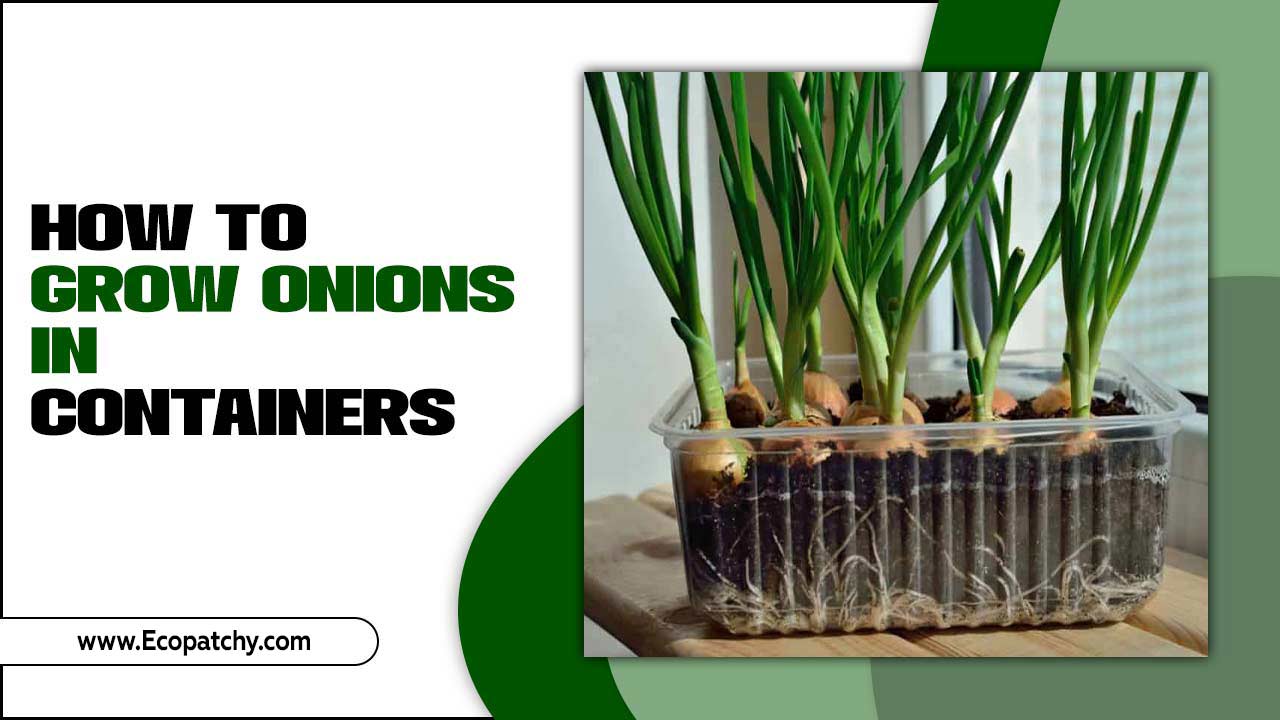
How To Grow Onions In Containers – Full Discussion
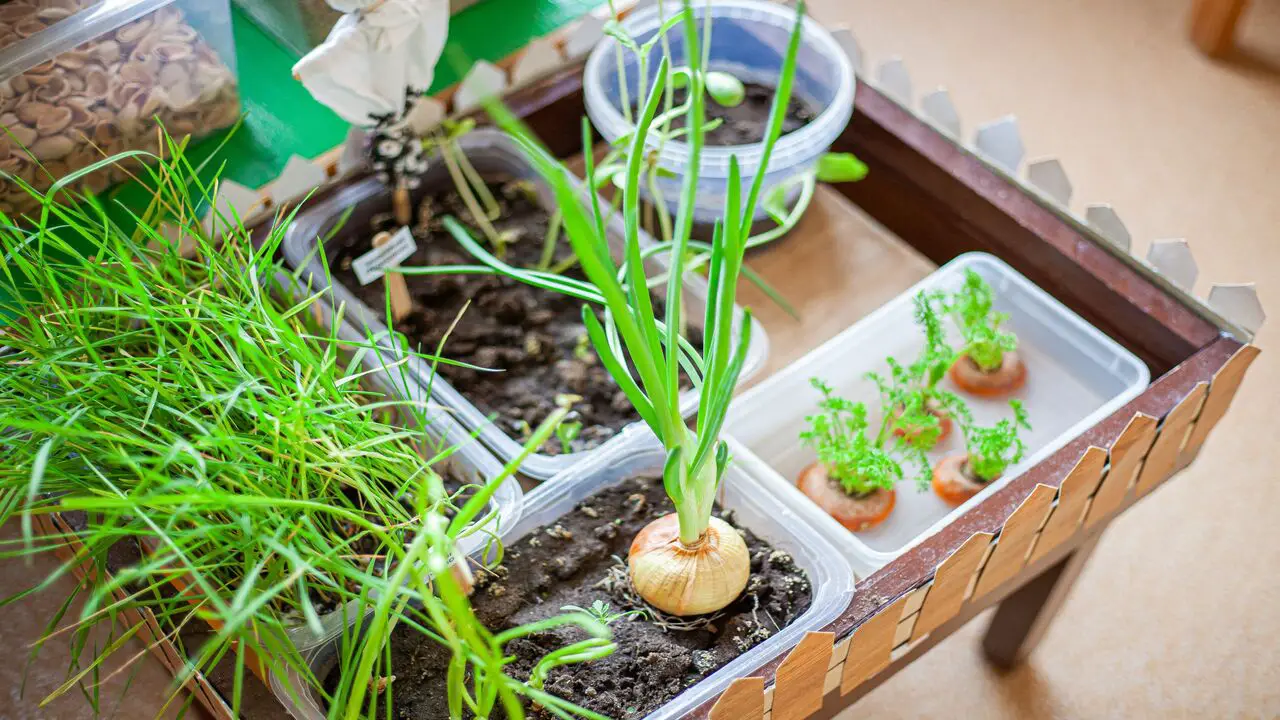
Here to know the answer how to grow onions in containers? Growing onions in containers is a great option for gardeners with limited space or those who want a continuous supply of fresh onions throughout the year. To start, choose a container at least 6-8 inches deep with good drainage. Fill the container with a well-draining potting mix, leaving about an inch of space from the top.
Next, select onion sets or seedlings that are suitable for container gardening. Plant the sets or seedlings about an inch deep into the soil, spacing them 2-3 inches apart. Place the container in a sunny location where the onions will receive at least 6-8 hours of direct sunlight daily. Water the onions regularly, keeping the soil evenly moist but not soggy.
What Are Some Advantages Of Growing Onions In Pots
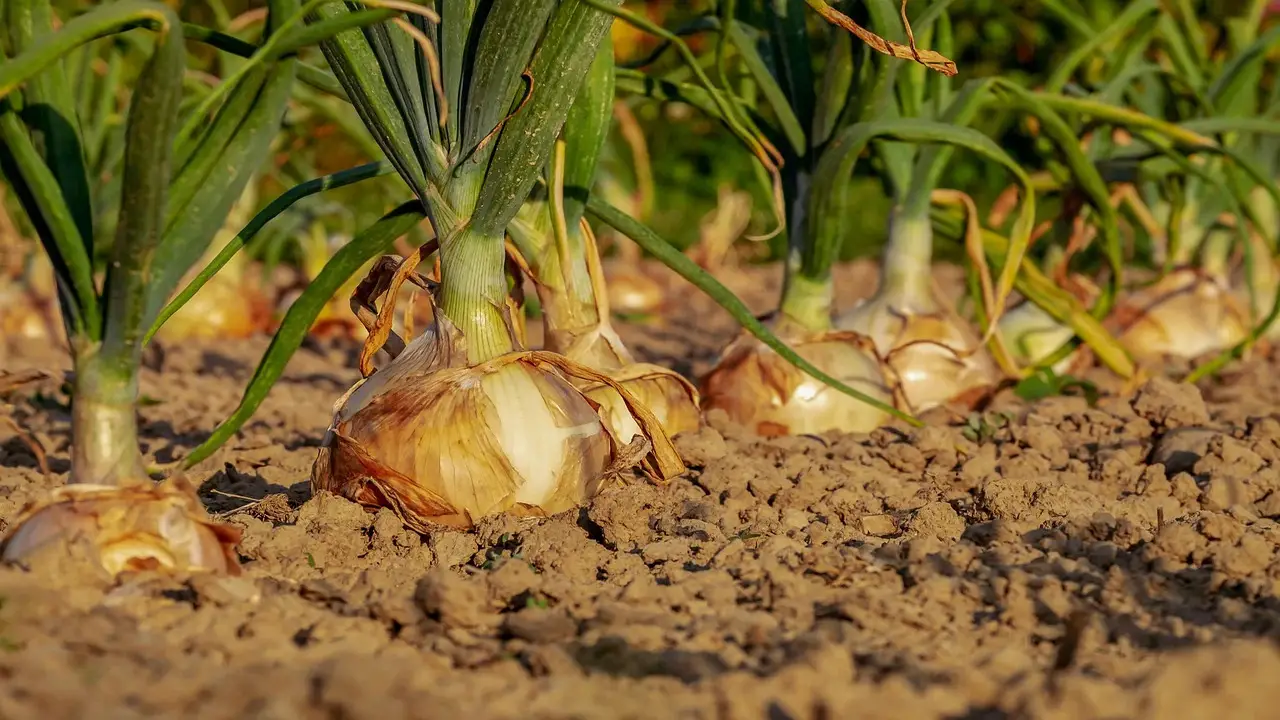
containers provide better control over soil quality and drainage, ensuring optimal growing conditions for the onions. This method also allows for easy monitoring and management of pests and diseases. Moreover, growing onions in containers makes harvesting and storing the crop easier, providing a fresh supply of onions throughout the year. Some advantages of growing onions in pots include:
- Space-Saving: Growing onions in pots allows you to make efficient use of limited space, making it ideal for small gardens, balconies, or even indoor gardening.
- Flexibility: Pots provide flexibility in terms of location. You can easily move the pots around to optimize sunlight exposure or protect them from extreme weather conditions.
- Weed Control: When growing onions in pots, you have better control over weeds than in traditional garden beds. Pots help prevent invasive weeds from competing with your onions for nutrients and water.
- Disease Prevention: Pots can help reduce the risk of soil-borne diseases or pests that may affect onion plants. Using fresh potting soil and practising good sanitation can minimize the chances of disease transmission.
- Better Drainage: Onions prefer well-draining soil, and pots provide excellent drainage compared to garden beds. This helps prevent waterlogging and reduces the risk of onion rot or fungal diseases.
What Are Some Disadvantages Of Growing Onions In Pots?
Containers may dry out more quickly than in-ground beds, requiring frequent watering to maintain adequate moisture levels. Another challenge is the potential for overcrowding if too many onion bulbs are planted in a single container, leading to competition for nutrients and hindering overall growth. Growing onions in pots are:
- Limited Space: Onions require a certain amount of space for their roots to grow and develop. Growing them in pots may limit the space available for their root systems, potentially affecting their growth and yield.
- Nutrient Limitations: Potted plants have limited access to nutrients compared to those grown in the ground. Onions are heavy feeders and require sufficient nutrients to grow well. Potted onions may not receive adequate nutrition without proper fertilisation, leading to stunted growth or smaller bulbs.
- Moisture Management: Onions have specific moisture requirements, and growing them in pots can make it more challenging to maintain optimal moisture levels. Potted onions may dry out more quickly or retain excess moisture, leading to issues like rot or poor bulb development.
- Temperature Fluctuations: Potted plants are more susceptible to temperature fluctuations than those grown in the ground. Onions prefer cooler temperatures during certain stages of growth
How To Plant Onions In The Container Garden
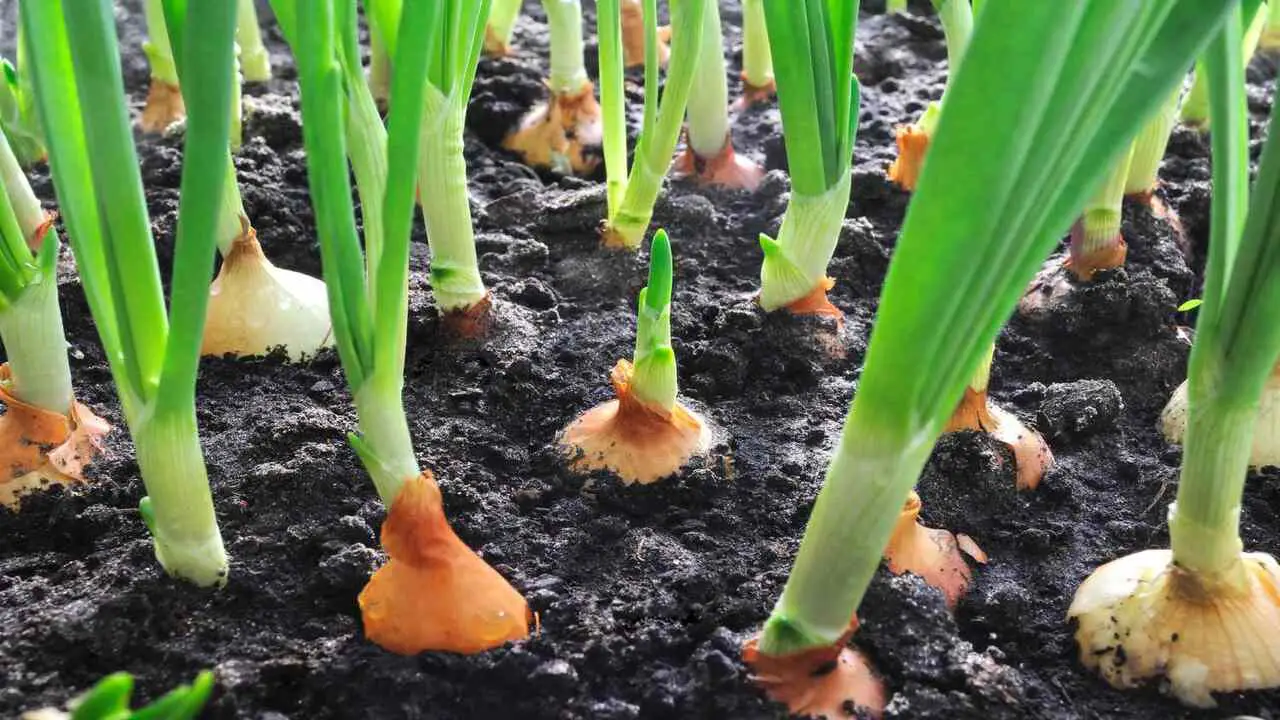
make sure the container has proper drainage holes to prevent waterlogged soil. Next, choose a well-draining potting mix that is rich in organic matter. Fill the container with the potting mix, leaving about an inch of space at the top.
When choosing the onion bulbs, look for varieties suitable for container gardening, such as scallions or shallots. Carefully separate the bulbs from the stalks, ensuring each bulb has its roots intact. Make small holes in the potting mix, spacing them, and follow these steps:
- Choose The Right Container: Select a container at least 6-8 inches deep with drainage holes at the bottom to prevent waterlogging.
- Select The Onion Variety: Choose onion varieties suitable for container gardening, such as scallions or smaller bulb onions.
- Prepare The Soil: Use a well-draining potting mix enriched with organic matter. Onions prefer slightly acidic soil with a pH of around 6.0-6.8.
- Start With Sets Or Seeds: You can plant onion sets (small bulbs) or sow seeds directly into the container. Sets are easier for beginners as they already have a head start.
- Planting Depth And Spacing: Plant sets or sow seeds about 1 inch deep, with 3-4 inches spacing between each onion. If planting scallions, you can space them closer together.
What Size Pot Do I Need For My Onion Plants?
To grow onion plants in containers, you will need a pot that is at least 6-8 inches deep and has a 12-18 inches diameter. This will provide enough space for the onion bulbs to develop and grow properly. Make sure the pot has drainage holes at the bottom to prevent waterlogging.
Additionally, you can plant multiple onion sets or seedlings in the same pot, spacing them about 4-6 inches apart. Remember to choose a potting mix that is well-draining and rich in organic matter.
What Kind Of Soil Should I Use For Growing My Onion?
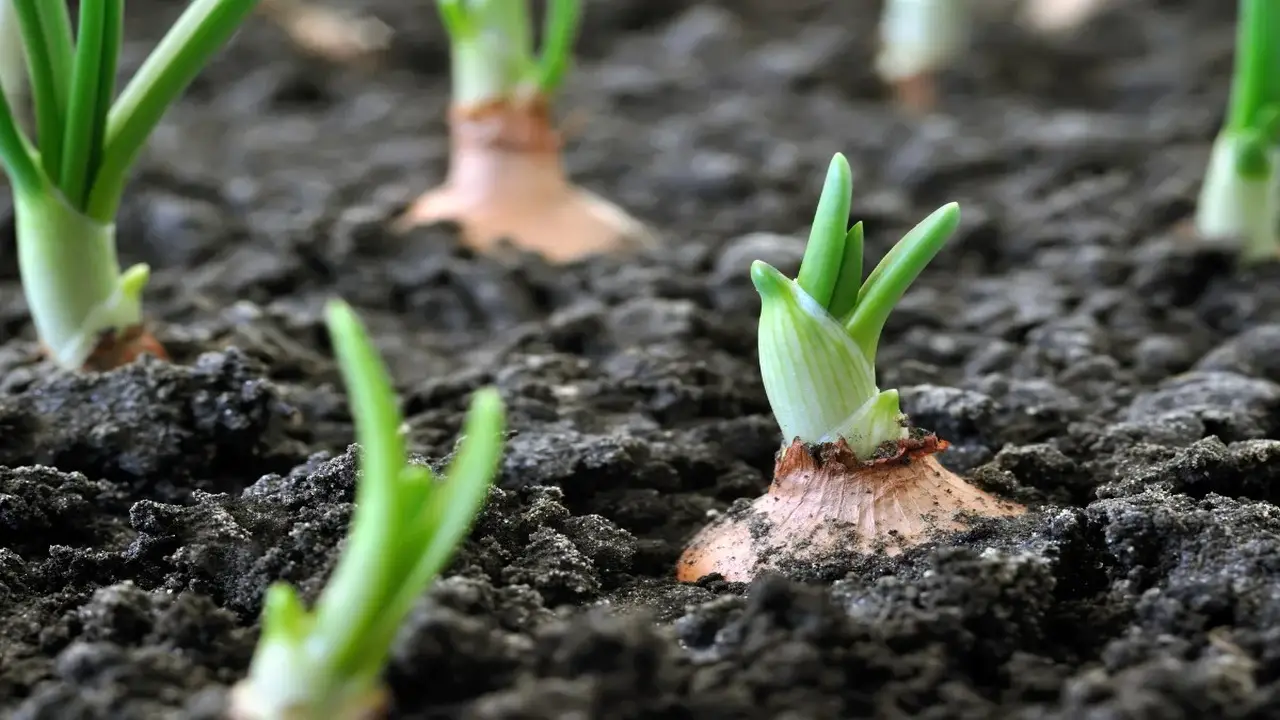
It is important to use the right type of soil to grow onions in containers. Onions require loose, well-draining soil with good moisture retention. Here are some key characteristics of the soil you should use for growing onions:
- Texture: The soil should have a light and loose texture for proper root development. Avoid heavy clay soils, which can become compacted and hinder onion growth.
- Drainage: Onions prefer well-draining soil to prevent waterlogged conditions. Ensure that the container has drainage holes to allow excess water to escape.
- Organic Matter: Incorporating organic matter such as compost or well-rotted manure into the soil can improve its fertility and drainage. This will provide essential nutrients to the onion plants.
- Ph Level: Onions prefer slightly acidic to neutral soil, with a pH range of 6.0 to 7.5. Test the pH of the soil and adjust it if necessary using organic soil amendments.
How Much Sunlight Do Container-Grown Onions Require?
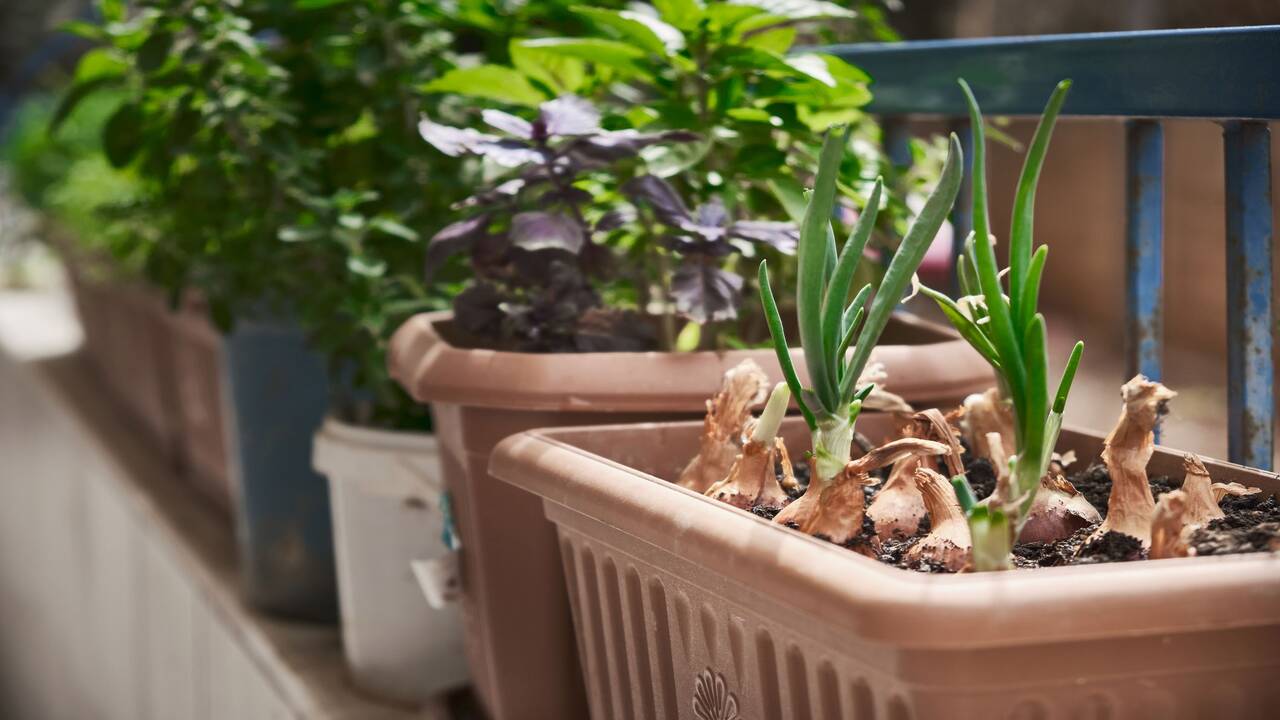
Container-grown onions require an adequate amount of sunlight to grow successfully. Ideally, they should receive at least 6-8 hours of direct sunlight daily. Onions are sun-loving plants and need ample sunlight to develop strong and healthy bulbs. If you are growing onions in containers, place them in a sunny spot where they can receive the required sunlight.
How Much Water Do Onions Require?
Onions require a moderate amount of water to grow properly. When growing onions in containers, it is important to provide consistent moisture to the soil. On average, onions need about 1 inch of water per week, which can be adjusted based on weather conditions.
It is essential to avoid overwatering as it can lead to root rot. Monitor the soil moisture levels regularly and water the container when the top inch of soil feels dry to the touch. Additionally, ensure proper drainage in the container to prevent waterlogging.
Managing Pests And Diseases In Container-Grown Onions
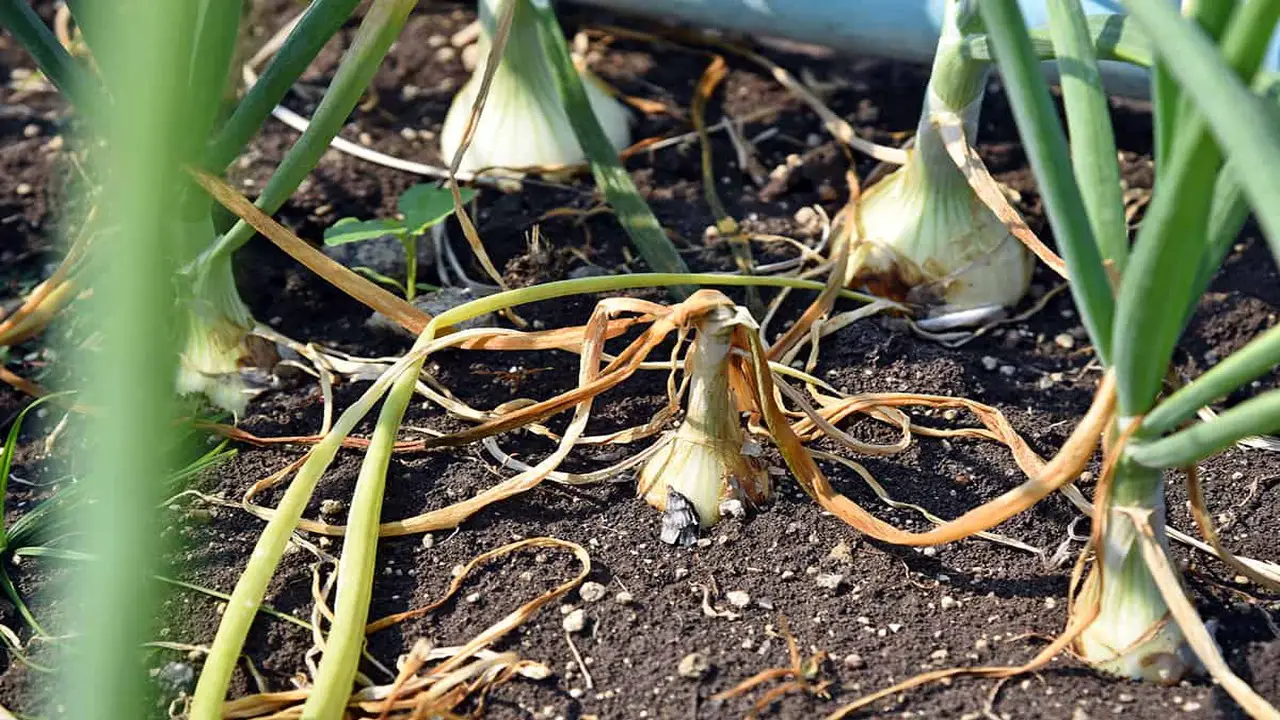
Onions are commonly grown in containers, making them convenient for those with limited space or unfavorable growing conditions. However, onions can be susceptible to pests and diseases like other plants. Here are some tips for managing pests and diseases in container-grown onions:
- Choose Disease-Resistant Varieties: When selecting onion varieties for container gardening, opt for those naturally resistant to common diseases. This can help reduce the chances of infection.
- Proper Watering: Overwatering can lead to root rot and other fungal diseases while underwatering can stress the plants and make them more susceptible to pests. Maintain a consistent watering schedule, ensuring the soil is moist but not soggy.
- Adequate Spacing: Give your container-grown onions enough space to grow and receive proper airflow. Crowded plants are more prone to disease development.
- Regular Inspection: Check your onion plants frequently for any signs of pest infestation or disease symptoms. Early detection can help prevent the spread
Troubleshooting Common Issues In Growing Onions In Containers
Troubleshooting Common Issues Troubleshooting common issues is essential to successfully growing onions in containers. One common issue that may arise is overwatering. Onions prefer well-drained soil, so it is crucial to avoid excessive watering, which can lead to root rot.
To prevent overwatering, ensure the container has proper drainage holes and only water when the top inch of soil feels dry. If you notice any signs of pest infestation, such as holes in leaves or sticky residue, in Growing Onions in Containers:
- Poor Growth Or Stunted Plants: This can be caused by inadequate watering or nutrient deficiencies. Ensure your onion plants receive regular watering, keeping the soil moist but not soggy. Additionally, provide them with a balanced fertilizer to ensure they receive nutrients.
- Yellowing Leaves: Yellowing leaves in onion plants can indicate nutrient deficiencies, such as nitrogen or iron. Consider applying a balanced fertilizer or an organic nitrogen source to promote healthy leaf growth. If the yellowing persists, it may also be a sign of overwatering or poor drainage.
- Pests And Diseases: Onions can be prone to pests like aphids, onion maggots, and thrips. Monitor your plants regularly and take appropriate measures to control these pests, such as using insecticidal soaps or organic insecticides. Diseases like onion white rot and onion downy mildew can also affect container-grown onions
What Are Some Good Varieties Of Onions For Growing In Pots?
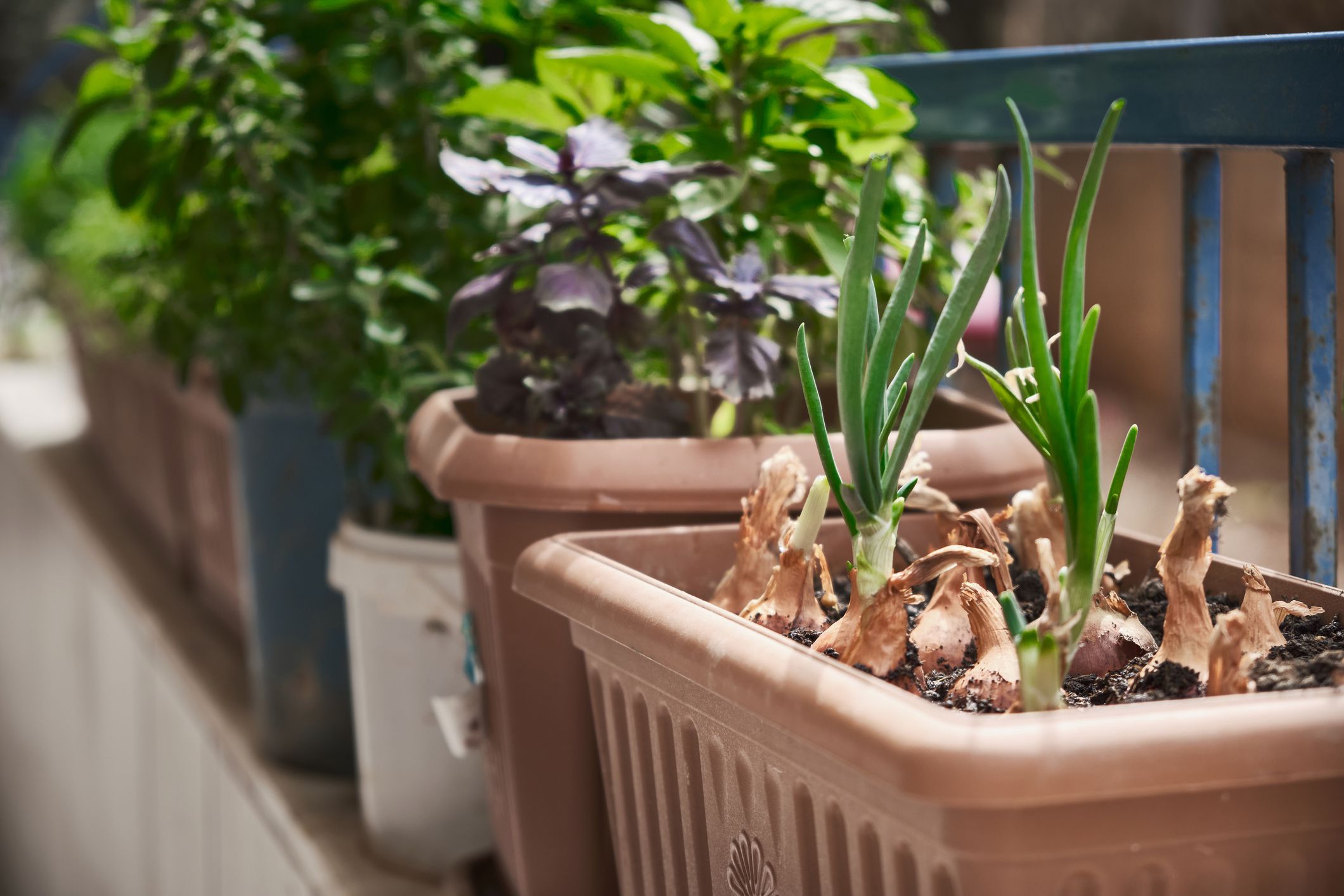
Some good varieties of onions that are suitable for Onions require consistent watering, so be sure to keep the soil moist but not waterlogged. As the onion plants grow, thin them out to provide enough space for each bulb to grow properly. Harvest the onions when their tops turn yellow and start to fall over. With proper care and attention, growing onions in containers can yield a bountiful growing in pots, including:
- Scallions Or Green Onions: These are fast-growing onions that can be harvested at a young age. They are perfect for adding a fresh flavor to salads, soups, and stir-fries.
- Shallots: Shallots are smaller onions with a mild and sweet flavor. They are ideal for growing in pots due to their compact size and are commonly used in gourmet cooking.
- Red Onions: Red onions have a mild to sweet flavor and add vibrant color to dishes. They can be grown in pots and are perfect for slicing and use in salads or sandwiches.
- White Onions: White onions have a sharp and pungent flavor. They are commonly used in Mexican and Asian cuisine and can be grown successfully in pots.
How Long Do Onions Take To Grow In Containers?
Onions generally take 90 to 120 days to grow from seed to maturity. The time may vary slightly when grown in containers depending on the specific variety and growing conditions. Choosing a container at least 6-8 inches deep is important to allow for proper root development.
Onions prefer well-draining soil and require consistent moisture throughout the growing season. Adequate sunlight and regular fertilization are also essential for healthy onion growth. You can expect to harvest your onions approximately three to four months after planting with proper care and attention.
How To Harvest Your Container-Grown Onion Crop
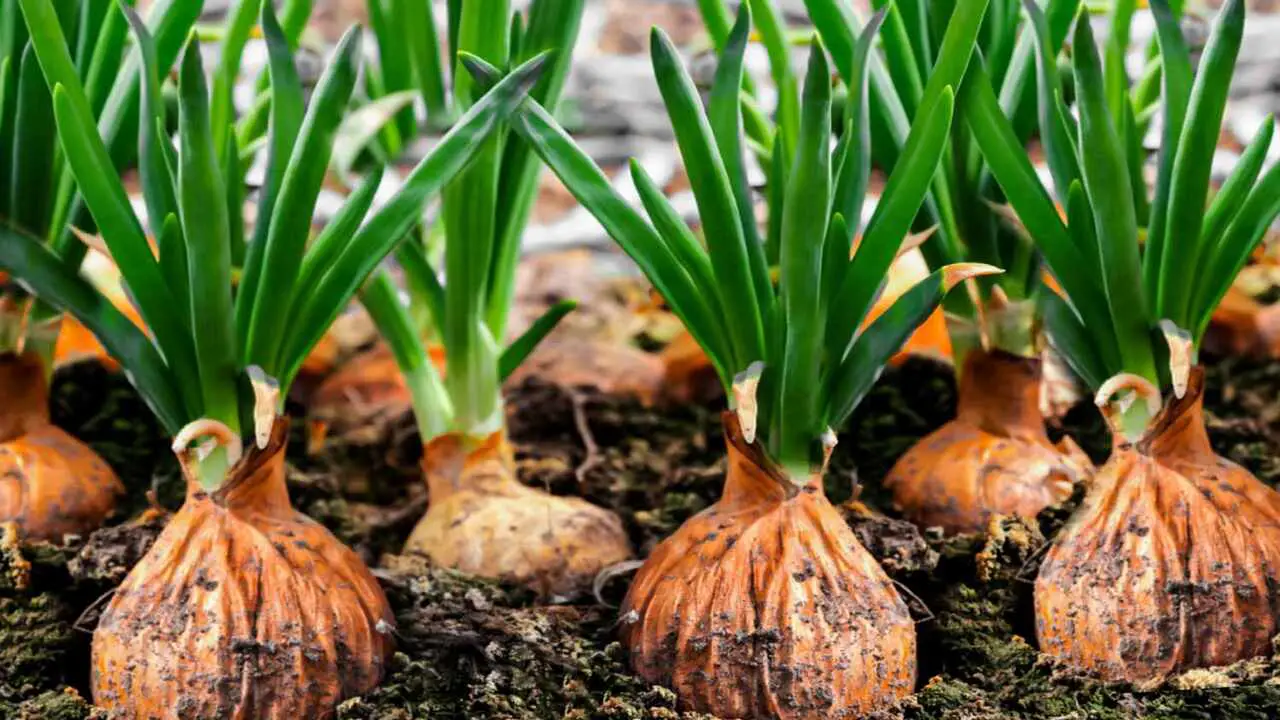
Wait until the onion tops have completely dried and fallen over to harvest your container-grown onion crop. This indicates that the onions have reached maturity. Carefully loosen the soil around the onions using a garden fork or trowel, being careful not to damage the bulbs. Gently pull the onions out of the container, removing any excess soil. Once harvested, allow the onions to dry further in a cool, dry place for a few weeks. Follow these steps:
- Timing: Onions are ready for harvest when the tops start to yellow and fall over. Depending on the variety, this usually occurs around 100-150 days after planting.
- Stop Watering: About two weeks before harvest, stop watering your onions. This helps the tops dry out and prepares them for storage.
- Loosen The Soil: Gently loosen the soil around the onions using a small garden fork or trowel. Be careful not to damage the bulbs.
- Lift The Onions: Carefully lift the onions out of the container by grasping the tops near the bulb. Avoid pulling or tugging, as this can cause damage.
- Cure The Onions: Lay the harvested onions in a single layer in a warm, well-ventilated area with low humidity. Allow them to cure for about two weeks. This process helps the outer layers dry and improves their storage quality.
How Long Can You Store Your Harvested Onions?
Onions can be stored for a considerable amount of time if properly harvested and stored. When grown in containers, allowing the onions to mature before harvesting fully is important. Once the onion tops have fallen over and dried out, it is a sign that they are ready to be harvested.
After harvesting, it is crucial to cure the onions before storing them. This involves placing them in a well-ventilated area with low humidity for about two to three weeks. This process helps dry out the onions’ outer layers and prepare them for long-term storage.
Once cured, the onions can be stored in a cool and dry place. Ideally, the temperature should be around 32 to 40°F (0 to 4°C). Onions can be stored for several months under these conditions. However, it is important to regularly check the onions for any signs of spoilage or sprouting and remove any affected ones to prevent the spread.
Conclusion
you now have the knowledge and tools to grow onions in containers successfully. Whether you are limited in space or simply prefer the convenience of container gardening, this method is a great way to produce delicious and fresh onions at home. Fill the container with a well-draining potting mix, leaving about an inch of space from the top. Then, select your onion sets or seedlings.
Onion sets are small bulbs that are easy to plant and grow, while seedlings provide a head start. Following proper care and maintenance, your container-grown onions will thrive and provide a bountiful harvest. So why wait? Start planting your onions in containers today and enjoy the satisfaction of growing your food. We hope now you understand how to grow onions in containers.
FAQ
1.What Are The Best Types Of Containers To Use For Growing Onions?
Ans: The best types of containers to use for growing onions are ones that provide sufficient depth and drainage. Options like raised beds, large pots, or fabric grow bags are ideal as they allow the onion roots to grow deep while allowing excess water to drain.
2.How Often Should Onions Be Watered When Grown In Containers?
Ans: Onions grown in containers should be watered regularly, typically about 1-2 times weekly. It is important to keep the soil consistently moist but not soggy. Watering frequency may vary depending on temperature, container size, and onion variety. It is advisable to check the soil’s moisture level by sticking a finger into it.
3.Are There Any Specific Soil Requirements For Growing Onions In Containers?
Ans: Yes, there are specific soil requirements for growing onions in containers. Onions prefer well-draining soil with a pH level between 6.0 and 7.5. The soil should be rich in organic matter and have good moisture retention capabilities. Using a mix of compost, potting soil, and sand can help achieve the right texture and nutrient balance.
4.Can Onions Be Grown In Containers Indoors?
Ans: Yes, onions can be grown in containers indoors. They are versatile plants that can adapt to different growing conditions. You can successfully grow onions inside your home by choosing a suitable container, providing adequate light, and using well-draining soil. Regular watering and fertilization will also be necessary to support their growth.
5.Are There Any Special Considerations?
Ans: Yes, there may be special considerations depending on the context of the question. These considerations could include cultural, social, ethical, legal, or practical considerations that need to be considered when making decisions or analyzing a situation. It is important to carefully assess and address these special considerations to ensure a comprehensive and well-informed approach.

